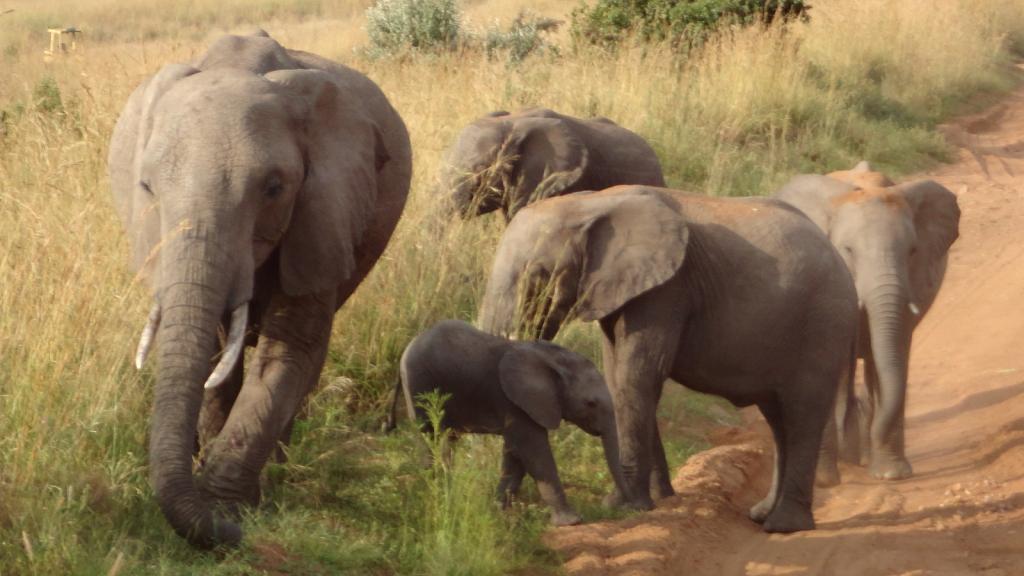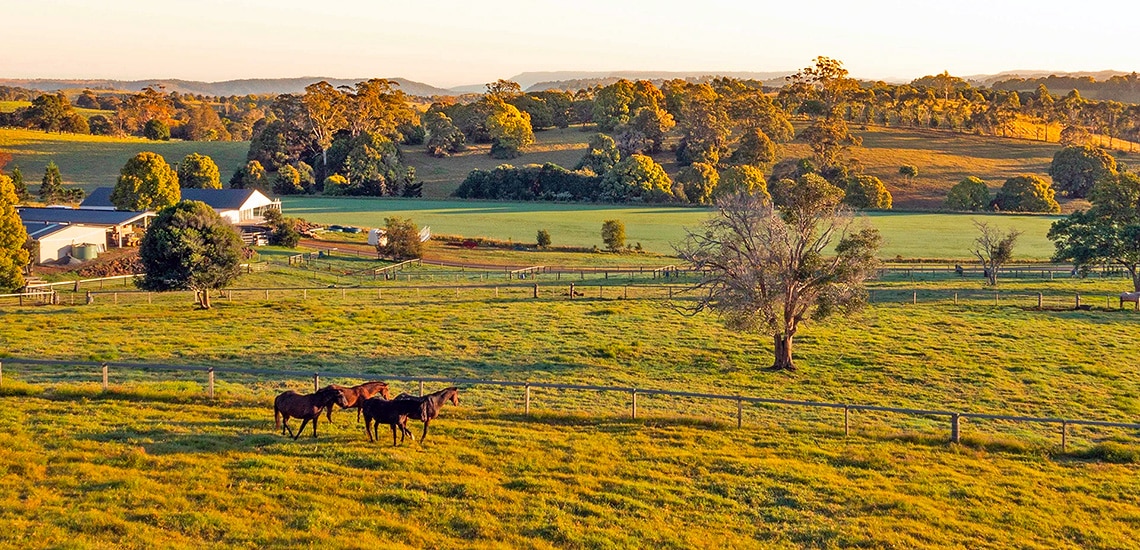Preserving Wildlife, Protecting Ecosystems: Confronting Climate Change’s Impact.
Wildlife conservation efforts aim to protect and preserve the natural habitats and species that inhabit our planet. These efforts are crucial in maintaining biodiversity and ensuring the long-term survival of various ecosystems. However, the impact of climate change poses significant challenges to these conservation efforts. Rising temperatures, changing precipitation patterns, and extreme weather events disrupt ecosystems, leading to habitat loss, species extinction, and overall ecological imbalance. As climate change continues to accelerate, it becomes increasingly important to address its effects on wildlife and implement effective conservation strategies to mitigate its impact.
The Role of Wildlife Conservation in Combating Climate Change
The Role of Wildlife Conservation in Combating Climate Change
Climate change is a pressing issue that affects ecosystems and wildlife around the world. As temperatures rise and weather patterns become more unpredictable, the delicate balance of nature is disrupted. In order to mitigate the effects of climate change, wildlife conservation efforts play a crucial role.
One of the key ways in which wildlife conservation helps combat climate change is by preserving biodiversity. Biodiversity refers to the variety of plant and animal species in an ecosystem. A diverse ecosystem is more resilient to the impacts of climate change, as different species have different adaptations and can better withstand changing conditions. By protecting and restoring habitats, wildlife conservationists ensure that biodiversity is maintained, which in turn helps ecosystems adapt to the challenges posed by climate change.
Another important aspect of wildlife conservation in combating climate change is the role of keystone species. Keystone species are those that have a disproportionately large impact on their environment. They play a crucial role in maintaining the balance of an ecosystem. For example, predators like wolves help control the population of herbivores, which in turn prevents overgrazing and allows vegetation to flourish. This vegetation acts as a carbon sink, absorbing carbon dioxide from the atmosphere and mitigating the effects of climate change. By protecting keystone species and their habitats, wildlife conservationists indirectly contribute to climate change mitigation.
Furthermore, wildlife conservation efforts can directly reduce greenhouse gas emissions. Deforestation, for instance, is a major contributor to climate change. Forests act as carbon sinks, absorbing carbon dioxide and storing it in their biomass. When forests are cleared for agriculture or logging, this stored carbon is released back into the atmosphere. By protecting and restoring forests, wildlife conservationists help prevent the release of carbon dioxide and other greenhouse gases. Additionally, conservation organizations often work with local communities to promote sustainable land use practices, such as agroforestry or sustainable farming methods. These practices not only help reduce emissions but also provide livelihoods for local communities, creating a win-win situation for both people and the environment.
In addition to their direct impact on climate change mitigation, wildlife conservation efforts also contribute to climate change adaptation. As temperatures rise and habitats shift, many species are forced to migrate to more suitable areas. However, fragmented landscapes and human activities often hinder their movement. By creating wildlife corridors and protected areas, conservationists provide safe passage for species to move and adapt to changing conditions. This allows ecosystems to maintain their functionality and resilience in the face of climate change.
In conclusion, wildlife conservation plays a crucial role in combating climate change. By preserving biodiversity, protecting keystone species, reducing greenhouse gas emissions, and promoting climate change adaptation, conservation efforts contribute to the overall resilience of ecosystems. It is essential that we continue to support and invest in wildlife conservation initiatives to ensure the long-term survival of both wildlife and our planet.
Adapting Ecosystems to Climate Change: Challenges and Solutions
Wildlife conservation efforts have become increasingly important in recent years due to the impact of climate change on ecosystems. As temperatures rise and weather patterns become more unpredictable, ecosystems around the world are facing significant challenges. In order to ensure the survival of various species and maintain the delicate balance of these ecosystems, it is crucial to adapt and find solutions to these challenges.
One of the main challenges posed by climate change is the loss of habitat for many wildlife species. As temperatures increase, certain areas become uninhabitable for certain species, forcing them to migrate or face extinction. This loss of habitat not only affects the animals themselves but also disrupts the intricate web of interactions within the ecosystem. For example, if a certain plant species disappears due to changing climate conditions, the animals that rely on it for food or shelter will also suffer.
To address this challenge, conservationists are working on creating corridors or protected areas that allow animals to move and adapt to changing conditions. These corridors connect fragmented habitats, enabling species to migrate and find suitable environments. By preserving and restoring these habitats, conservation efforts can help mitigate the negative effects of climate change on wildlife.
Another challenge posed by climate change is the increased frequency and intensity of natural disasters. Hurricanes, floods, and wildfires are becoming more common, causing widespread destruction and loss of life. These events not only directly impact wildlife populations but also disrupt the ecosystems they inhabit. For example, a wildfire can destroy a forest, leaving behind a barren landscape that takes years to recover. This loss of vegetation affects not only the animals that lived in the forest but also the surrounding ecosystems that relied on it for various resources.
To address this challenge, conservationists are working on implementing strategies to prevent and mitigate the impact of natural disasters. This includes measures such as controlled burns to reduce fuel loads, creating firebreaks, and implementing early warning systems to evacuate wildlife from affected areas. By taking proactive measures, conservation efforts can help minimize the damage caused by natural disasters and aid in the recovery of affected ecosystems.
Climate change also poses a threat to the delicate balance of predator-prey relationships within ecosystems. As temperatures rise, certain species may become more abundant while others decline. This can disrupt the natural balance and lead to cascading effects throughout the ecosystem. For example, if a predator species declines due to changing climate conditions, its prey may become overpopulated, leading to increased competition for resources and potential ecosystem collapse.
To address this challenge, conservationists are working on monitoring and managing predator-prey relationships. This includes studying population dynamics, identifying key species, and implementing measures to protect and restore their habitats. By understanding and managing these relationships, conservation efforts can help maintain the stability and resilience of ecosystems in the face of climate change.
In conclusion, wildlife conservation efforts are crucial in adapting ecosystems to the challenges posed by climate change. By preserving and restoring habitats, creating corridors for migration, implementing strategies to prevent and mitigate natural disasters, and managing predator-prey relationships, conservationists can help ensure the survival of various species and maintain the delicate balance of ecosystems. While the impact of climate change on ecosystems is undeniable, with concerted efforts and innovative solutions, we can work towards a more sustainable future for wildlife and the planet as a whole.
Climate Change and its Effects on Endangered Species
Climate Change and its Effects on Endangered Species
Climate change is a pressing issue that has far-reaching consequences for our planet. One of the most significant impacts of climate change is its effect on endangered species and the delicate ecosystems they inhabit. As temperatures rise and weather patterns become more unpredictable, these species face numerous challenges that threaten their survival.
One of the primary ways in which climate change affects endangered species is through habitat loss. Rising temperatures and changing precipitation patterns can lead to the destruction of critical habitats, such as coral reefs, forests, and wetlands. These habitats provide essential resources for many species, including food, shelter, and breeding grounds. When these habitats are destroyed, species are forced to adapt or face extinction.
Another consequence of climate change is the disruption of species’ life cycles. Many species rely on specific environmental cues, such as temperature or rainfall, to trigger important events in their life cycles, such as migration or reproduction. However, as these cues become less predictable due to climate change, species may struggle to time these events correctly. This can lead to a decline in reproductive success and a decrease in population numbers.
Furthermore, climate change can also alter the availability of food sources for endangered species. Changes in temperature and precipitation can affect the abundance and distribution of plants and animals that serve as prey for these species. For example, warmer ocean temperatures can lead to the decline of certain fish species, which in turn affects the survival of marine mammals that rely on them for food. This disruption in the food chain can have cascading effects throughout the ecosystem, ultimately impacting the entire community of species.
In addition to these direct impacts, climate change can also exacerbate other threats that endangered species already face. For instance, many species are already struggling with habitat fragmentation and pollution. Climate change can make these problems worse by reducing the availability of suitable habitat and increasing the vulnerability of species to pollutants. This combination of factors can push endangered species to the brink of extinction.
Efforts to mitigate the impacts of climate change on endangered species are crucial. One approach is to focus on reducing greenhouse gas emissions, which are the primary drivers of climate change. By transitioning to cleaner and more sustainable energy sources, we can help slow down the rate of climate change and give species more time to adapt to changing conditions.
Conservation efforts should also include the protection and restoration of critical habitats. By preserving intact ecosystems and restoring degraded ones, we can provide a lifeline for endangered species. This includes creating protected areas, implementing sustainable land-use practices, and promoting reforestation and habitat restoration initiatives.
Furthermore, it is essential to support scientific research and monitoring programs that can help us better understand the impacts of climate change on endangered species. By studying these species and their habitats, we can develop effective conservation strategies and make informed decisions to protect them.
In conclusion, climate change poses significant challenges to endangered species and the ecosystems they depend on. Habitat loss, disrupted life cycles, changes in food availability, and the exacerbation of existing threats all contribute to the vulnerability of these species. However, through concerted conservation efforts, including reducing greenhouse gas emissions, protecting critical habitats, and supporting scientific research, we can help mitigate the impacts of climate change and ensure the survival of these precious species for future generations.In conclusion, wildlife conservation efforts play a crucial role in preserving biodiversity and protecting ecosystems. However, the impact of climate change poses significant challenges to these efforts. Rising temperatures, changing precipitation patterns, and extreme weather events can disrupt ecosystems, leading to habitat loss, species extinction, and altered ecological dynamics. It is essential to address climate change alongside conservation efforts to ensure the long-term survival of wildlife and the health of our planet.



